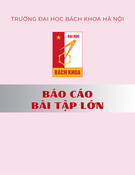
Lập trình GUI
1

Lập trình GUI
•User interface modeling
•User interface architecture
•User interface coding
2

The Control class hierarchy
3

Windows Forms Application Structure
•A Windows Forms application has three pieces
–the application itself
–forms in the application
–controls on the form
Application
mainForm
MyForm
label1
button1
Label
―Hell…‖Button
―OK‖
4

GUI Tree Structure
GUI Internal structure
containers
Panel Button
Form
Label
5
Button
Panel
Label
Form


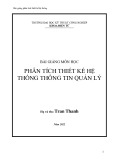

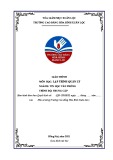
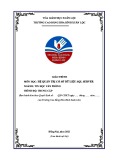
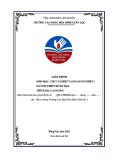
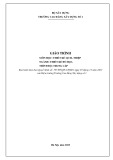
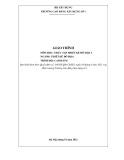
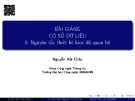









![Hệ thống quản lý cửa hàng bán thức ăn nhanh: Bài tập lớn [chuẩn nhất]](https://cdn.tailieu.vn/images/document/thumbnail/2025/20251112/nguyenhuan6724@gmail.com/135x160/54361762936114.jpg)
![Bộ câu hỏi trắc nghiệm Nhập môn Công nghệ phần mềm [mới nhất]](https://cdn.tailieu.vn/images/document/thumbnail/2025/20251111/nguyenhoangkhang07207@gmail.com/135x160/20831762916734.jpg)


